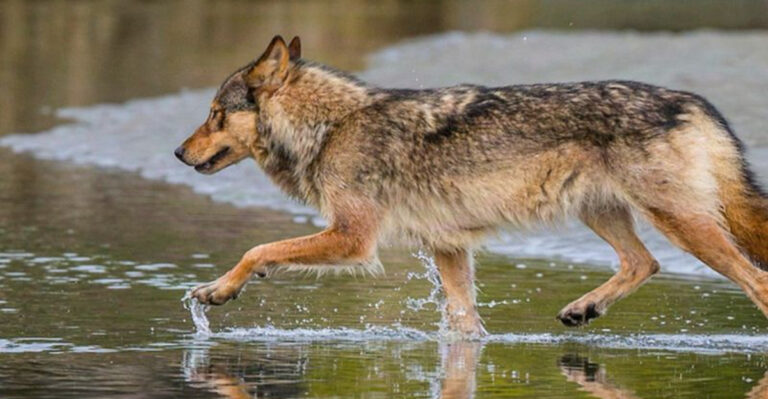16 Reasons Sumatran Tigers Aren’t Extinct Yet, According To Science
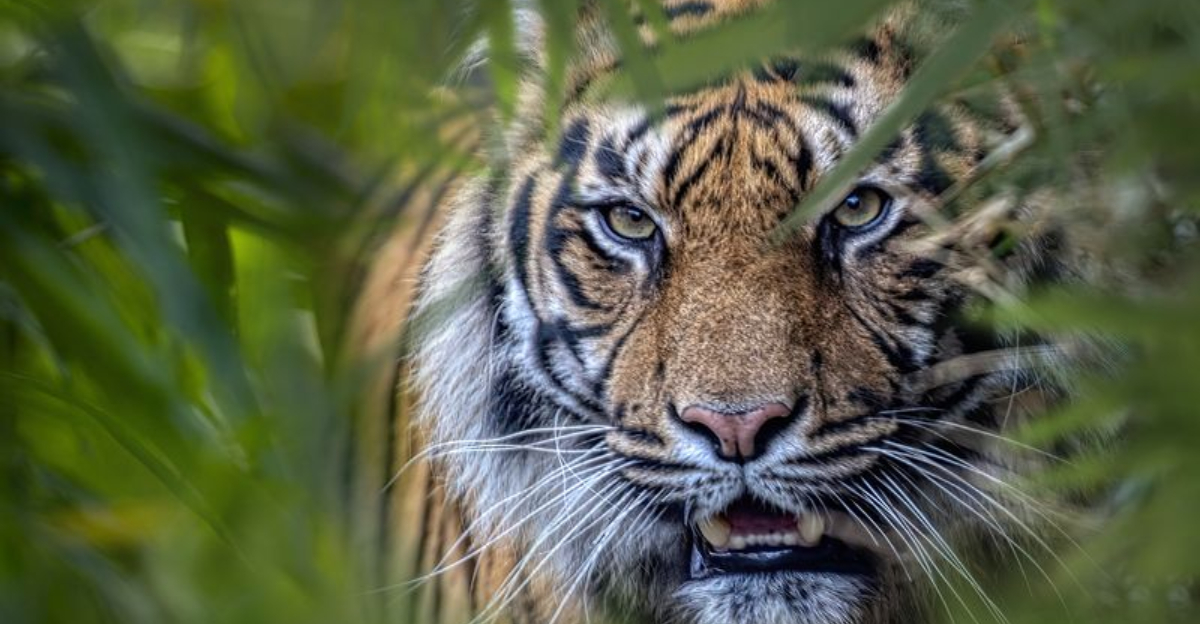
Imagine a world without the majestic Sumatran tiger, where the forests of Sumatra echo only with silence.
Thankfully, science tells us there are reasons these incredible creatures still roam the wild today.
1. Protected Habitats
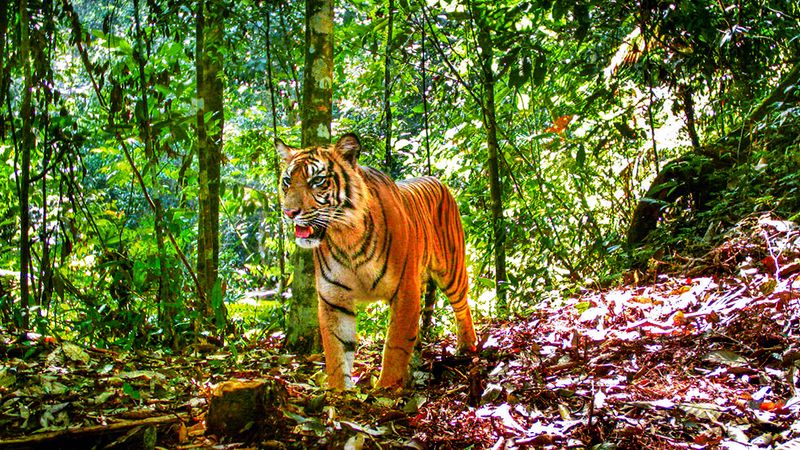
Did you picture a park? Well, these aren’t your typical picnic spots. Gunung Leuser, Kerinci Seblat, and Bukit Barisan Selatan National Parks are more like fortified castles for Sumatran tigers.
These lush sanctuaries are critical for their survival. With vast spaces to roam and abundant prey, they offer the kind of refuge these big cats need to thrive.
But it’s not just about keeping them in. It’s about keeping threats out. Rangers work tirelessly to ensure these parks remain safe havens.
2. Conservation Programs
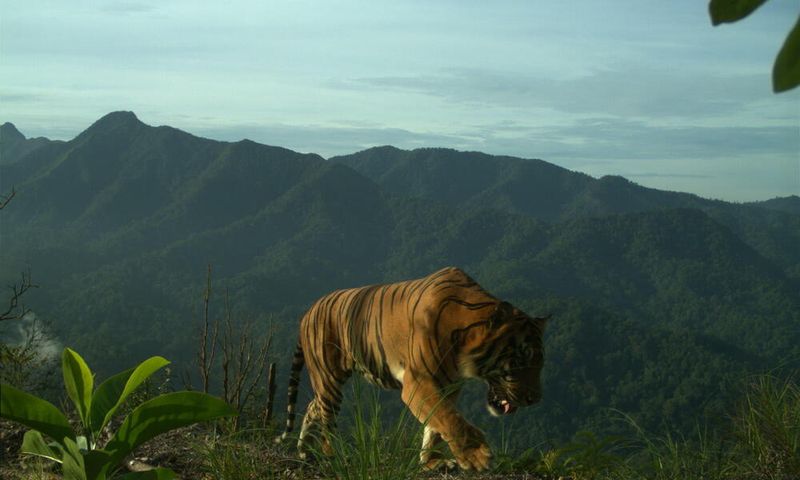
You might think conservation is all talk, but it’s boots-on-the-ground action! Organizations like WWF and the International Tiger Project are rolling up their sleeves.
They’re not just protecting tigers; they’re transforming communities. Through habitat protection and anti-poaching measures, they’re creating a ripple effect.
Local people gain livelihood skills, too. It’s a win-win scenario where tigers get a fighting chance, and humans benefit.
3. Anti-Poaching Patrols

Think of these patrols as the tiger’s personal security team.
Armed with binoculars and determination, they scour the jungles day and night. Poaching has been the villain in the tiger tale, but patrols are flipping the script.
Poaching incidents have dropped significantly. With every patrol, confidence grows that tigers can roam without fear.
4. Community Involvement
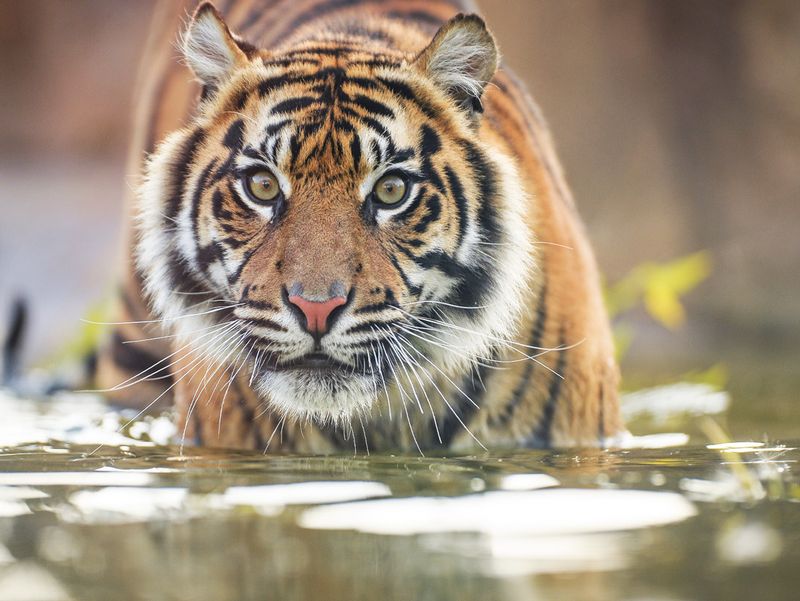
Who knew saving tigers would start with a cup of coffee? Engaging local communities is key. By educating and offering sustainable livelihoods, conservationists turn potential conflicts into collaboration.
Villagers become advocates rather than adversaries. They help monitor tiger movements and report illegal activities.
It’s about more than just awareness; it’s about fostering a sense of pride and stewardship. Imagine the impact when a community rallies behind tiger conservation!
5. International Support
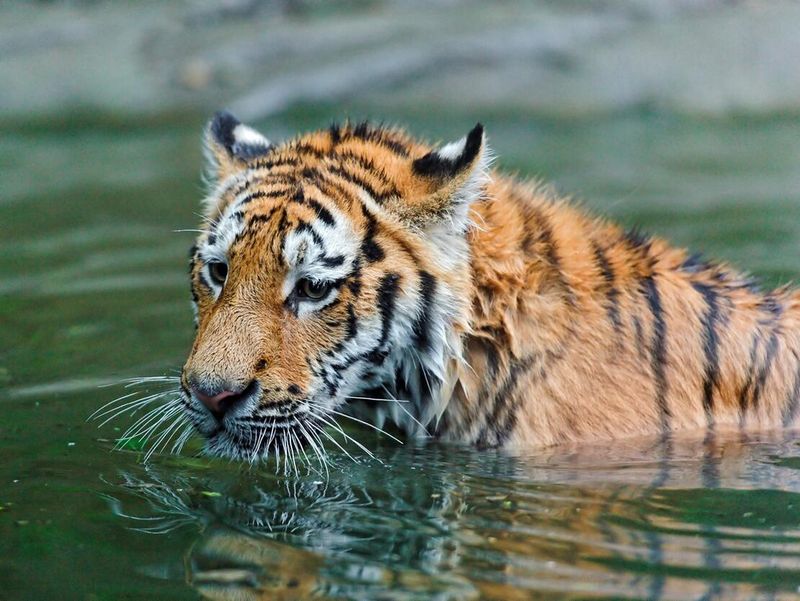
Ever heard of a tiger passport? Well, international support is kind of like that. Countries are banding together, pooling resources, and setting their sights on saving these majestic creatures.
Global partnerships mean more funding for groundbreaking research and robust enforcement against illegal activities. It’s a united front where everyone plays a part.
With international backing, conservation strategies get the boost they need to make a real difference.
6. Captive Breeding Programs
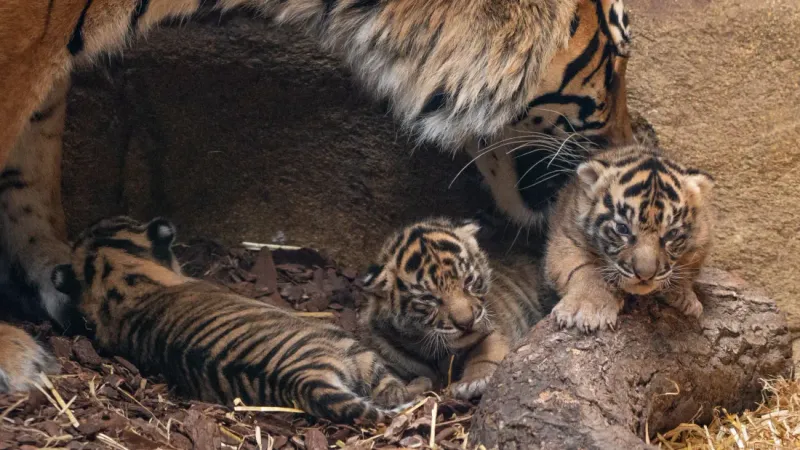
If you think zoos are all about cages, think again. Captive breeding programs are like a backup plan for tigers. Zoos around the world, including Wrocław Zoo, are nurturing cubs with care.
They’re not just breeding for numbers. It’s about maintaining genetic diversity and ensuring these cubs might one day return to the wild.
It’s a careful dance between science and nature, where every birth is a step forward for the species.
7. Legal Protections
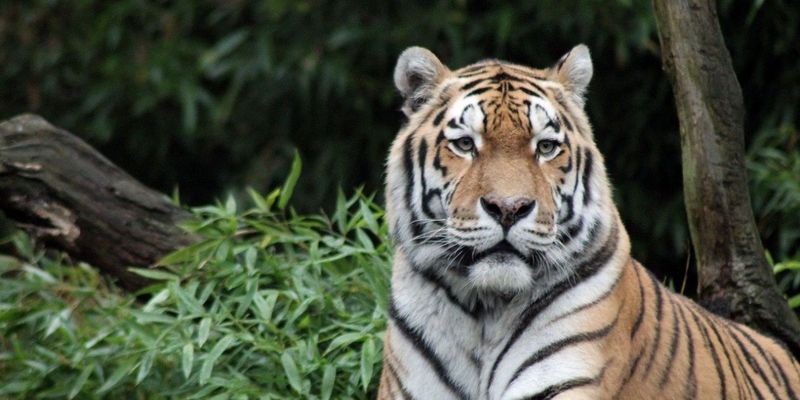
Courtrooms and legal texts might not scream excitement, but they’re a lifeline for tigers. Under Indonesian law and international agreements like CITES Appendix I, tigers gain a shield of protection.
These laws aren’t just words on paper; they’re active barriers against illegal trade and hunting. Enforcements ensure that anyone daring to harm these creatures faces serious consequences.
8. Research And Monitoring
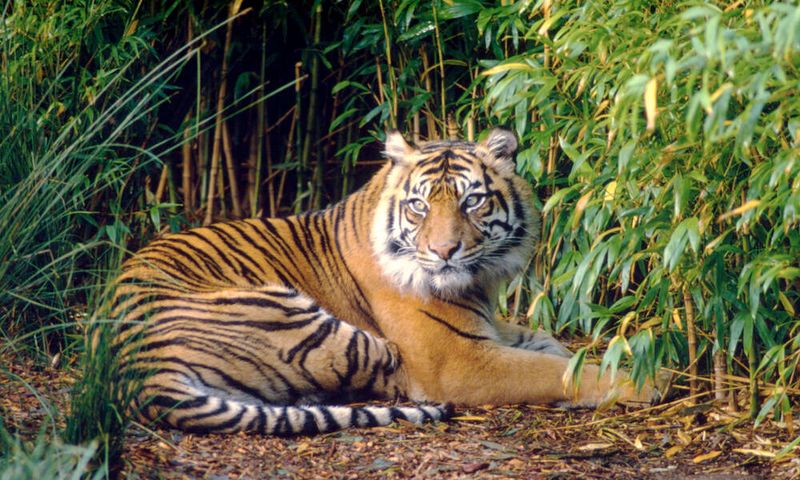
Ever wonder what a tiger’s day looks like? Science uncovers these secrets. Camera traps and genetic analysis tell tales of tiger territories and behaviors.
It’s not just about counting numbers. Research guides conservation strategies, showing where efforts are most needed.
Every captured image or genetic clue is a puzzle piece in understanding and preserving these elusive cats.
9. Habitat Restoration
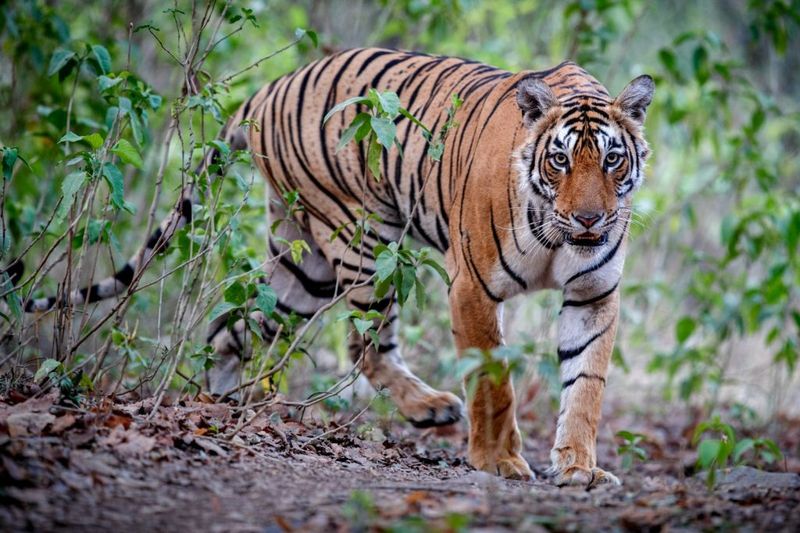
Picture a canvas, blank and needing life. That’s what deforested areas are like for tigers. Habitat restoration paints these landscapes green again.
Through reforestation and wildlife corridors, tigers find their way back home.
It’s a labor of love – plant by plant, tree by tree. This isn’t just about planting trees; it’s about connecting what was once lost. Every sapling planted is a promise of a brighter future for Sumatran tigers.
10. Education And Awareness
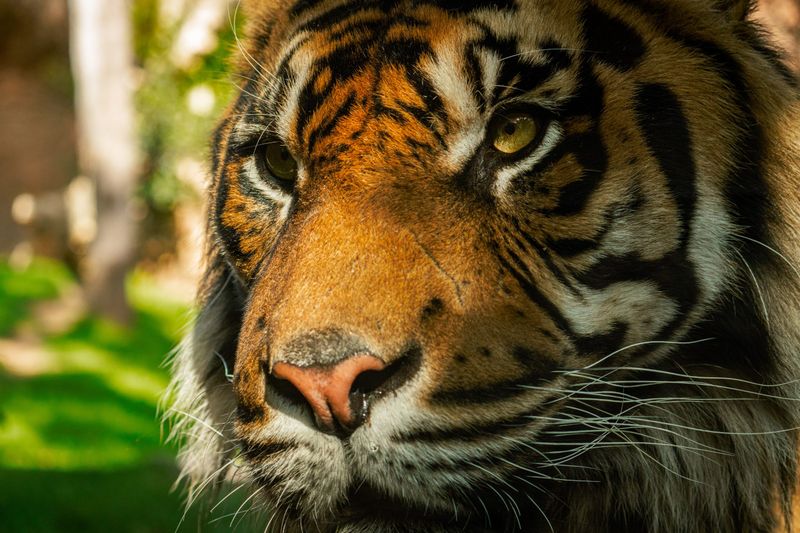
Who knew that classrooms could be a tiger’s best friend? Educating the public is crucial. Awareness campaigns are dispelling myths and changing attitudes.
People learn why tiger products are a no-go and how to live alongside these predators.
It’s about making the unfamiliar, familiar. When people understand, they care. And when they care, they act.
11. Eco-Tourism Initiatives
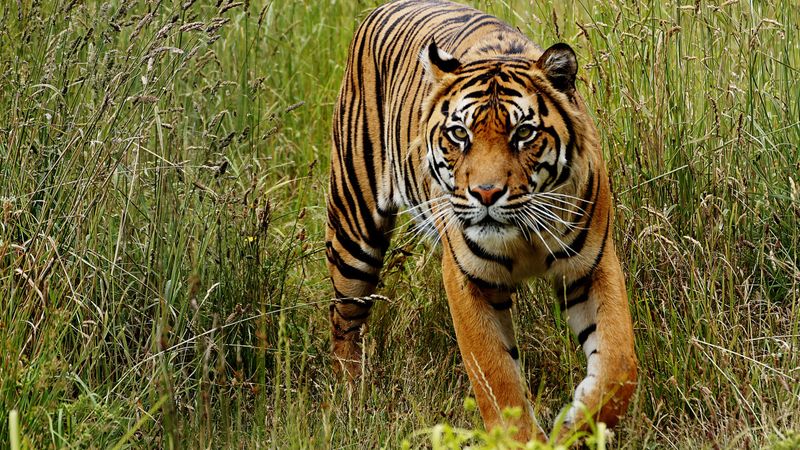
Fancy a holiday with a purpose? Eco-tourism offers that chance. By visiting tiger habitats responsibly, tourists contribute directly to conservation efforts.
It’s not just about snapping photos. It’s about understanding the tiger’s world and supporting the local economy. When tourism dollars flow, so do conservation efforts.
It’s a journey where every footstep counts, showing that adventure can indeed save a species.
12. Genetic Diversity Maintenance

Did you know that genetics is a tiger’s secret weapon? Maintaining genetic diversity is crucial in zoos and breeding programs. Scientists meticulously match pairs to avert inbreeding.
It’s not just science; it’s strategy. Each successful birth strengthens the genetic pool, ensuring healthy offspring. This careful planning keeps the tiger’s future bright and genetic lines strong.
13. Conflict Mitigation Strategies
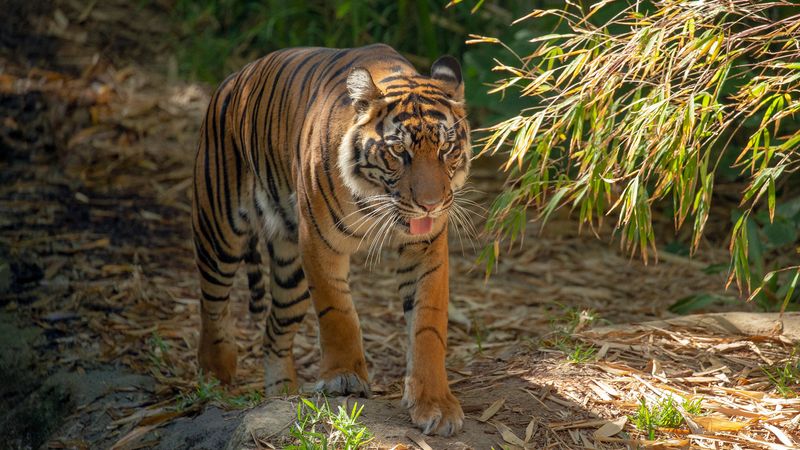
Imagine living next door to a tiger. For some farmers, it’s a reality. Conflict mitigation strategies turn potential clashes into coexistence.
Predator-proof enclosures and rapid response teams are part of the solution.
These efforts protect both livestock and tigers. It’s about finding harmony between human needs and wildlife survival.
When predators and humans find common ground, everyone wins.
14. Policy And Governance Improvements
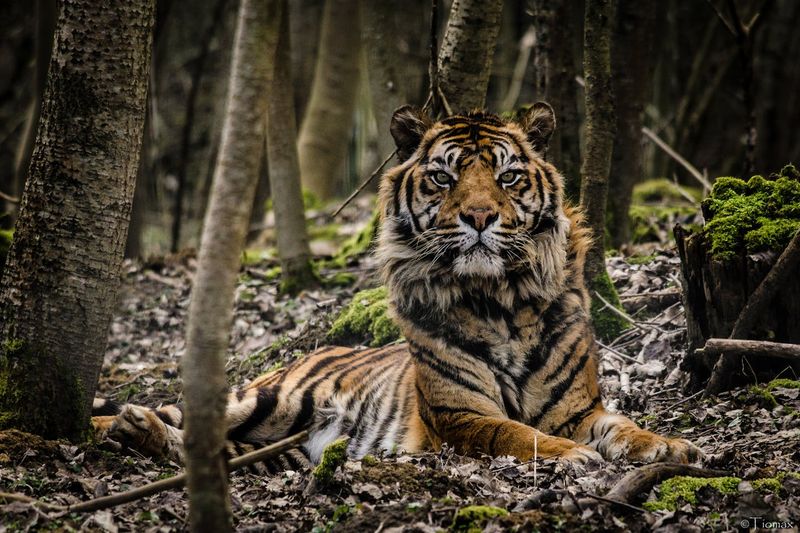
You might not think politics and tigers mix, but they do. Policy and governance improvements are vital. Stronger enforcement of wildlife laws and better land-use planning spell hope for tigers.
Governance acts as the backbone for conservation efforts. With clear, enforced policies, habitats are protected and illegal actions curbed.
15. Technological Advancements
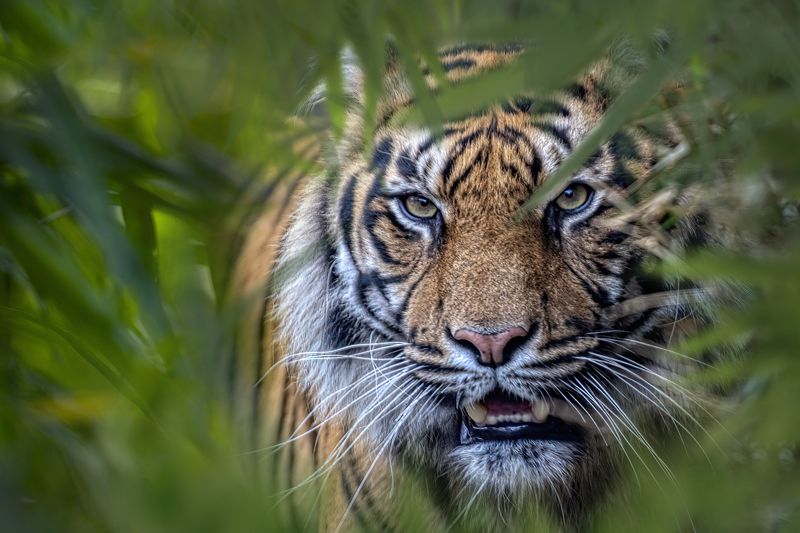
Drones and satellites might sound sci-fi, but they’re real tools for tiger conservation. Technology enhances the monitoring of habitats and detection of illegal activities.
These gadgets provide eyes in the sky, covering vast terrains quickly. It’s a high-tech approach that adds precision to conservation efforts.
16. Global Conservation Goals
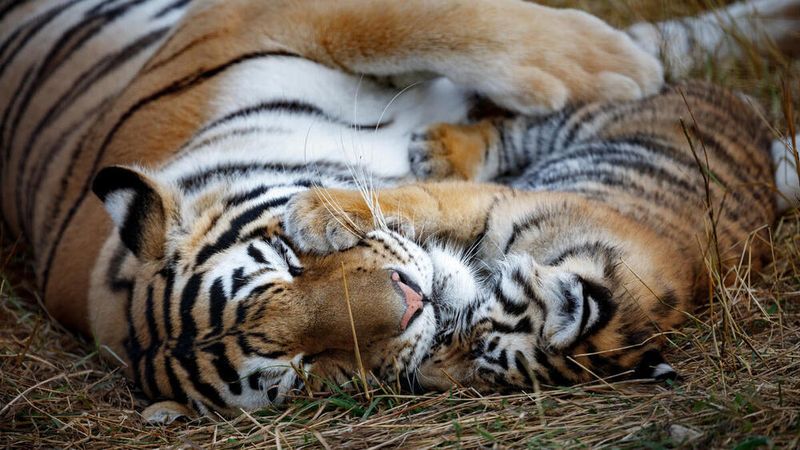
Ever heard of a global plan to save tigers? International goals like the Global Tiger Recovery Program are bringing countries together.
The aim is to double wild tiger populations, providing a framework for coordinated conservation actions.
It’s a road map to recovery, where each nation plays a part. These goals align efforts, ensuring that every action counts towards a common objective.




